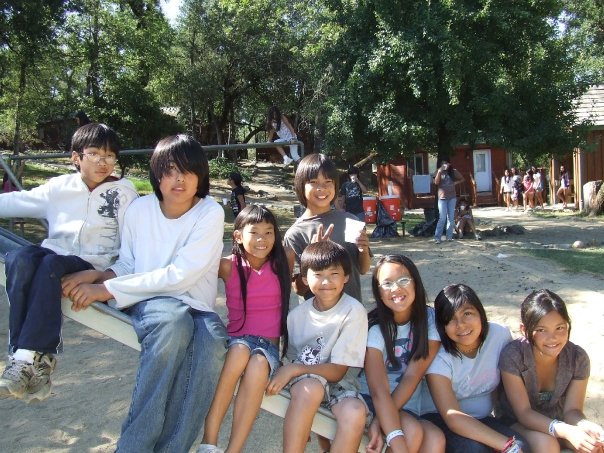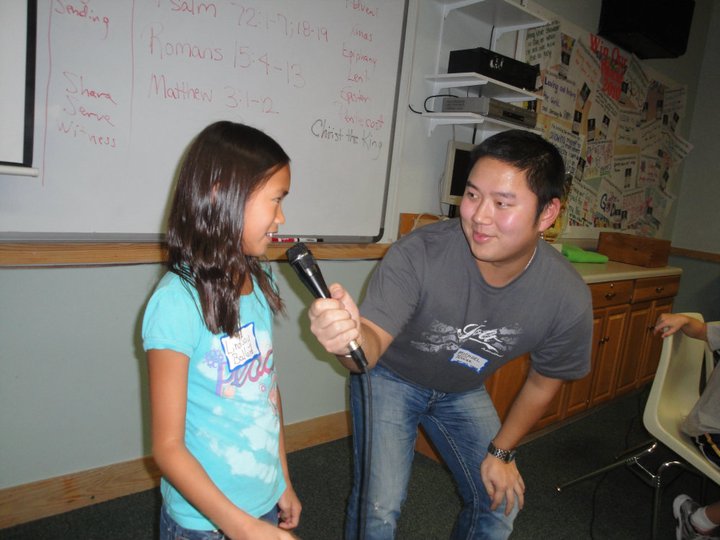In the last issue I wrote about oxytocin — a chemical that makes up part of the human emotional regulatory system. Today, I would like to explore emotional regulation some more, specifically focusing on the concept of “time-in.” You, most likely, have all heard of “time-outs.” When a child breaks a family rule or seeks negative attention, they are sent to “time-out.” The child is separated from others, sitting in a special place until they have calmed down and can “use their words.”
As professionals and parents have become savvier to how children learn and manage their emotions, a philosophy shift has occurred in regards to how parents should respond to children who are “misbehaving” or “out of control.” This shift resulted from the convergence of several factors. One contributing factor came from the concern — by adoptive parents and professionals — that an adoptive child, who may have a history of loss, could view a “time-out” as just another separation or rejection, however short the time-out may be.
It also became apparent — as parents and professionals began to think about how children develop — that children learn emotional regulation through their relationship with their primary caregiver. This concept relates to the attachment process and the quality of attachment the child has with his or her caregiver. This attachment translates into the child’s ability to integrate, into their own little nervous systems, their parents’ emotional reaction to every day stress. It takes time for this integration to happen, and children who have been adopted may experience a setback in their ability to regulate themselves or may have a very immature regulatory system to begin with.
A third factor is rooted in how we perceive why a child is “acting out.” If our perception is framed as a child acting out because they need attention, rather than they are trying to get attention, a whole different picture is created. How differently would you respond if you viewed your child’s behavior as a message that she needs attention rather than she is just trying to get attention? This desire for attention does not mean that she needs you to stop and play with her, but that she needs you to help her through a situation that is stressful.
Here is an example: Your daughter and her new brother are playing. You start to hear the telltale sign in her voice that things are not going well and you decide to check on them. As you enter the room, you see your daughter throw a toy at your son. She then starts screaming! Sound familiar?
Now, at this point, instead of sending your daughter to a time-out, you would calmly say to her, “It looks like you are having some very big feelings and it’s hard for you to feel safe. I want you to come with me and stay by me as I make dinner, so I can help you feel safe.” A variation on this could be, “Honey, I can see that you are really stressed out and scared right now. I want you to come and stay by me.” As you go back to what you were doing, while keeping your daughter close, you can talk to her about ways to calm down. The key is that you remain regulated and keep an atmosphere of calmness, continue with something that you have to do, and after you think she is calm enough, she can go back to what she was doing. When a child’s ability to regulate their emotions fails them, they need regulatory relating to you. They need to soak up your ability to regulate yourself, and they need to know that you are right there with them, especially when times are stressful.
To ensure that a time-in comes from a love-based perspective rather than the old, fear-based perspective, it is important to pay attention to how you are communicating. Your tone of voice, your facial expression, and body posture communicate a lot more than your words (about 80% more, in fact!). You want to convey that you understand that your child is really scared and you want to help her, not blame or punish her. Some kids may need a long time-in while others not as much. You can try to let them determine when they are ready to resume their activities, or you may need to be the one to make that decision. Give this a try and let me know how it goes!
Abbie Smith, LCSW | Former Holt team member


